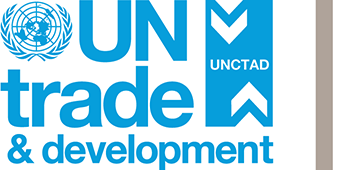Bowman v. Monsanto Co. Et Al. (Supreme Court of the United States, 13 May 2013)
The United States Supreme Court decided that the use by a purchaser of self-replicating soybeans for planting purposes amounts to a reproduction of new soybeans and is therefore not covered by patent exhaustion.
